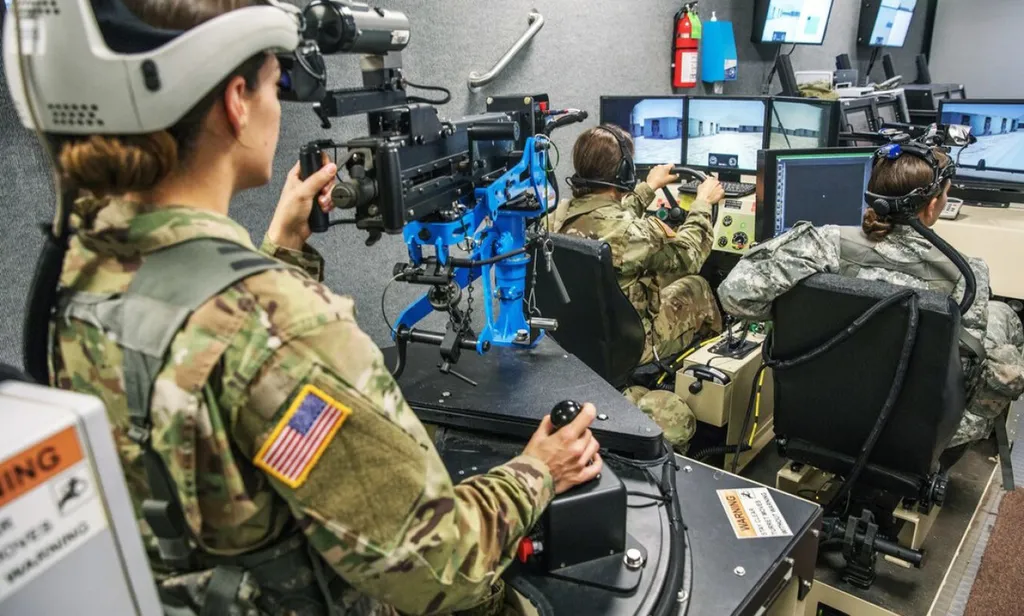In the realm of defence and security innovation, a team of researchers from the University of Central Florida, led by Volkan Ustun, has been exploring novel methods to enhance military training simulations using advanced artificial intelligence techniques. The team, comprising Soham Hans, Rajay Kumar, and Yunzhe Wang, has been focusing on multi-agent reinforcement learning (MARL) to create dynamic and adaptive synthetic characters for interactive simulations on geo-specific terrains.
Military training simulations present unique challenges due to their complex, continuous, and stochastic nature. They are often partially observable, non-stationary, and doctrine-based, requiring immense computational resources. The need for geo-specific terrains further exacerbates this computational burden. To address these challenges, the researchers leveraged Unity’s ML-Agents framework, which has made reinforcement learning experiments more accessible to the simulation community.
The team’s innovative approach involves automatically generating multi-layered representation abstractions of geo-specific terrains using Unity’s waypoints. This method allows for the scaling up of reinforcement learning while still enabling the transfer of learned policies between different representations. The researchers tested this approach on a novel MARL scenario where each side had differing objectives, similar to real-world military operations.
Their early exploratory results are promising. Waypoint-based navigation not only enabled faster and more efficient learning but also produced trajectories similar to those taken by expert human players in Counter-Strike: Global Offensive (CSGO) gaming environments. This indicates that the method could be effective in more complex military training simulations.
The practical applications of this research for the defence and security sector are significant. By reducing the computational costs of developing and training MARL models, the method could make advanced military training simulations more accessible and efficient. This could lead to more effective training of military personnel, better preparation for real-world scenarios, and ultimately, improved operational readiness. The research highlights the potential of waypoint-based navigation in enhancing the capabilities of military training simulations, where geo-specific terrains and differing objectives are crucial.
This article is based on research available at arXiv.

